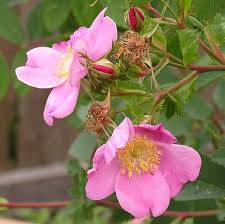How Ancient Are Gliders?
- NSSG

- Dec 3, 2019
- 2 min read
Updated: Mar 3, 2020
With the earliest Petaurus species originating in Australia 4.46 million years ago, and the start of crossing between the modern Homo human species and ancient-extinct Denisovan species of Australia was 50,000-60,000 years ago, sugar glider species have been watching us interbreed much longer than humans have bred them! Our domestic sugar gliders can retain native traits and carry genes for many other traits, just like humans!

Gliding marsupial fossils suggest that mammals figured out how to glide around during the ages of the dinosaurs, some 160 million years ago. This is many tens and hundreds of millions of years before Neandertals or Homo sapiens evolved from their ancestors.
Since ancient times, sugar gliders, without a doubt, watched over man's ancestors long before they became the humans of today.
For those humans that care immensely and properly for their sugar glider family, we are honored to live alongside them as ancient creatures. Owners must admire and value the relationships formed with their sugar gliders, and always remember they are the ones deciding to accept us into their colony.

This is a photo of our little one, a modern domestic sugar glider, displaying the vintage standard grey phenotype like most wild sugar gliders. He carries other traits for recessive colors, like how humans carry eye and hair color recessive traits in their genes. You could never tell from his appearance alone!
Standard grey sugar gliders are good breeding candidates because they can pass on multiple recessive genes. However, standard grey gliders who carry no recessive genes at all are very hard to find!
This is because standard gliders can carry recessive genes and not show them. It is a difficult and careful process to determine that a standard grey glider does not carry any recessive traits. We have learned so much about genetics and the importance of recording lineage to prevent disease with our gliding partners.
Continued discoveries are important to ensuring the health of gliders in captivity, whether as human companions or in wildlife facilities for educating the public on wild gliding marsupials, their environments, and their unique characteristics.
Standard grey gliders that do not carry any recessive genes at all are helpful for some advanced breeding programs, and the ones that do carry recessive genes are helpful for others.
It is a delicate balance of natural inheritance and carefully recorded ancestry to produce healthy sugar gliders wherever they are, and give them the best lives when sharing their planet with the humans of today.



Comments